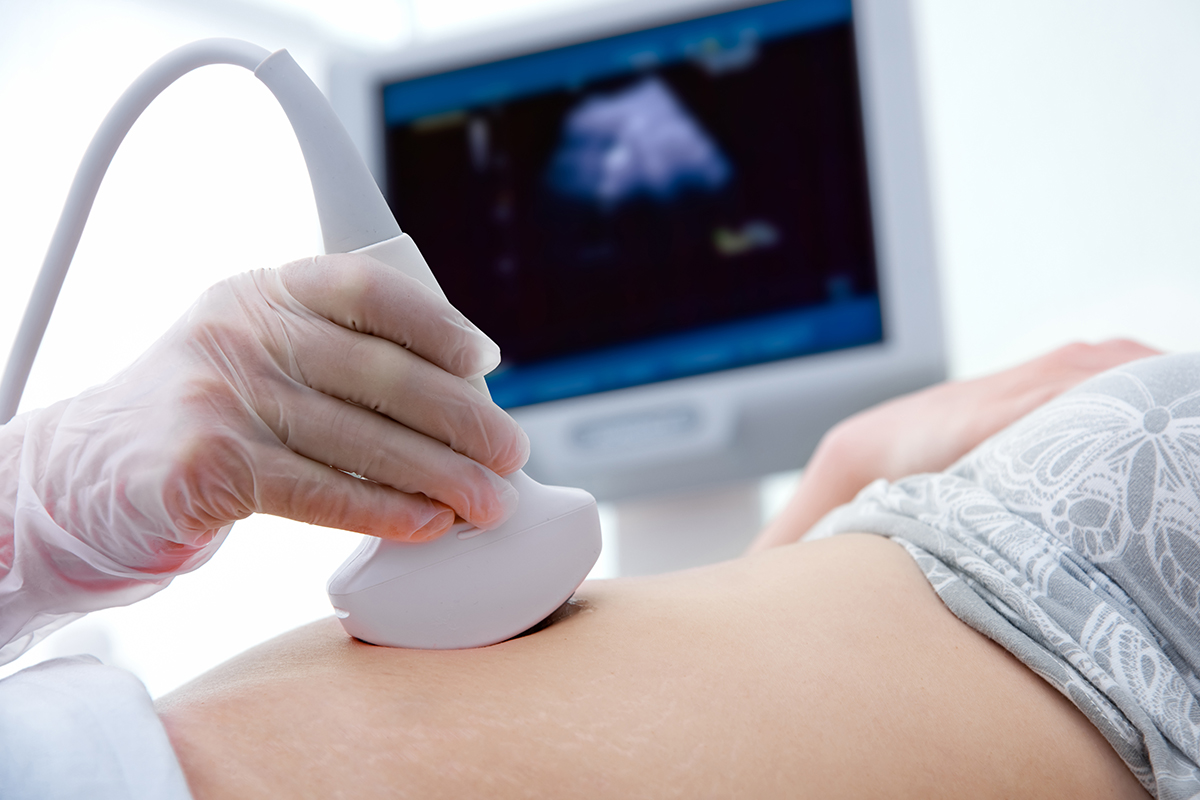Health Capsule
What Is Medical Ultrasound?

Medical ultrasound is a noninvasive technique. It uses sound waves to create images to assess or treat certain parts of the body. It’s often used as a diagnostic tool during pregnancy. It can help doctors evaluate fetal growth, heart rate, movements, and more. It can also be used to assess other body parts, such as the kidneys, pelvis, or thyroid.
Ultrasound is generally considered safe when it’s used as an imaging tool. Unlike X-rays or CT scans, ultrasound doesn’t use any radiation.
During an ultrasound exam, a technician applies a thin layer of gel to your skin and then passes a device called a transducer or probe over part of your body. In some cases, the probe is placed inside certain body parts, such as blood vessels or the rectum.
The probe produces ultrasound waves. You can’t hear these sound waves, but the probe can detect ultrasound echoes that are reflected back. These are then converted into images that can be displayed on a screen. Some ultrasound techniques can show real-time motions, such as blood flow or movement of the heart. Others can help distinguish healthy from unhealthy tissues, such as tumors or a buildup of scar tissue.
Ultrasound can also be used as a treatment. The sounds waves can help to dissolve blood clots or break up kidney stones so they can pass through the body. Learn more about ultrasound.
NIH Office of Communications and Public Liaison
Health and Science Publications Branch
Building 31, Room 5B52
Bethesda, MD 20892-2094
Contact Us:
nihnewsinhealth@od.nih.gov
Phone: 301-451-8224
Share Our Materials: Reprint our articles and illustrations in your own publication. Our material is not copyrighted. Please acknowledge NIH News in Health as the source and send us a copy.
For more consumer health news and information, visit health.nih.gov.
For wellness toolkits, visit www.nih.gov/wellnesstoolkits.




